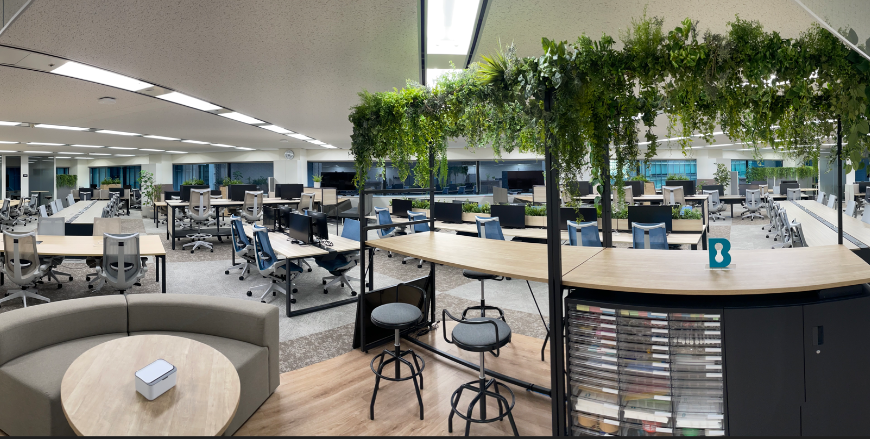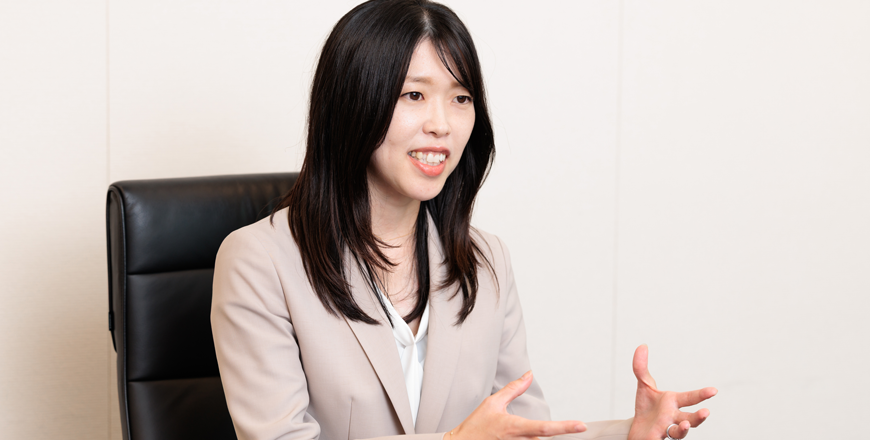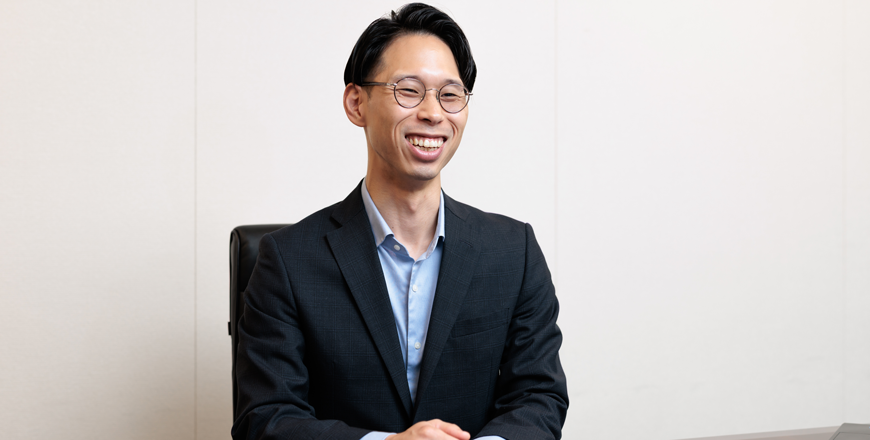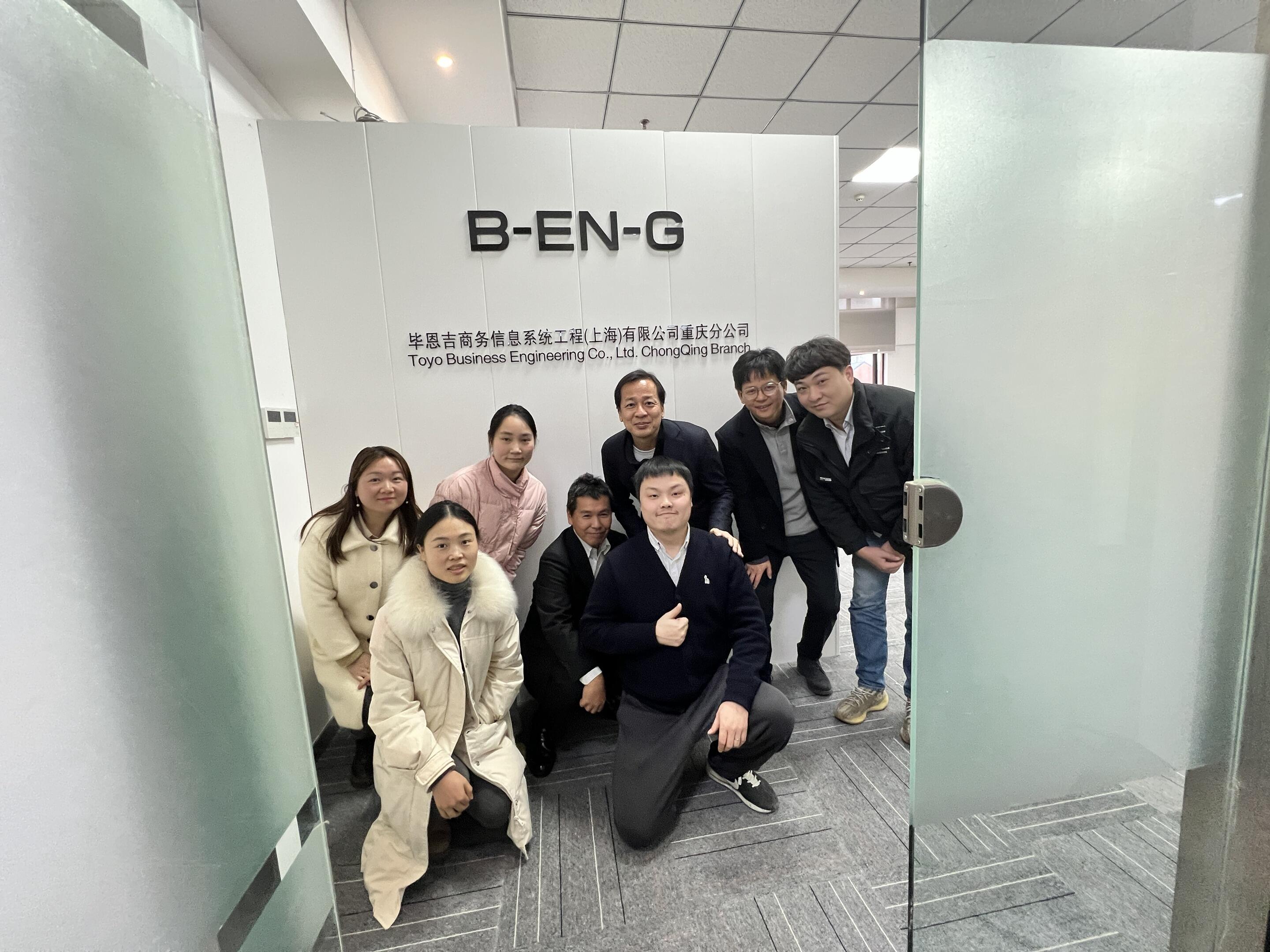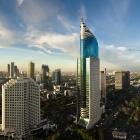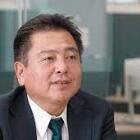Hybrid work has become widespread as a result of the COVID-19 pandemic. Traditional offices, designed with an emphasis on efficiency, are no longer able to accommodate new ways of working. At this turning point when the traditional office structure began to be questioned, B-EN-G launched the "Task Force for Creating an Office that Everyone Wants to Visit (abbreviated as KOTF)," which was born out of the voices of employees, and implemented office reforms.
The office reform, which was driven by employees, went beyond simply improving the environment, leading to changes in work styles and fostering a new corporate culture. In this article, we will introduce the challenges that were faced in turning employee feedback into reality through the office renovation carried out last year.
Recommendations for remote work amid COVID-19 pandemic and interest in the office emerges from employee surveys
B-EN-G's office reform began with an employee survey during the COVID-19 pandemic. Initially, the survey was about remote work, but many employees shared their opinions about the office environment.
This suggested that employees had many concerns and requests regarding their office environment.
Based on these surveys, it seemed to me that the role of the office is being reexamined as hybrid work, where people work both remotely and in the office, becomes more common. There is now a demand to shift from the efficiency-oriented offices of pre-COVID-19 to "offices people want to come to" in line with new ways of working.
In a survey conducted by the Employee Council (* 1), "lack of facilities for online conferences" was cited as the biggest improvement request, followed by "narrow and oppressive seats and aisles" and "request for the establishment of a refreshment area."
To find ideas for office reform, members of the employee council visited the offices of several companies, and conducted research on things like reassessing personal space and the equipment that would be needed in the renovated offices.
*1: Employee Council: A council whose purpose is to promote the development of the company and the improvement of employees' lives by exchanging opinions between the company and employee representatives on company policies, management policies, systems and rules, working environment, and other matters that require particular discussion and deliberation.
The story behind the launch of the Task Force for Creating an Office Where People Want to Come and the vision it aims for
The concept of ABW (Activity Based Working), which we learned about while touring other companies' offices, also had a major impact. ABW is the idea of changing the place of work depending on the type of work. We realized that future offices would need spaces that could accommodate a variety of work styles, such as places for short meetings, seating that can be freely switched between standing and sitting, and spaces where people could concentrate on their work, rather than just the traditional two patterns of "working at a long desk" and "meetings in a conference room."
The Employee Council analyzed the survey results and identified specific issues in the office. They made visible employee feedback, such as a lack of web conferencing equipment, limited space, and a lack of relaxation areas, and determined priorities for improvement.
Based on the survey and questionnaire results, a step-by-step approach to improvement was adopted that took into account budget and feasibility.
Based on the policy of "starting with what we can do now," we presented feasible proposals and a vision for the future to the management at a management meeting (* 2).
Ultimately, management understood the employee council's proposals and their importance, and approved the establishment of the Task Force for Creating an Office that People Want to Visit. Immediately afterwards, employee-led office reform began in earnest, starting with the renovation of the 16th and 19th floors.
A member of the employee council emphasized the importance of management's decision, saying, "Management evaluated the employee council's proposals and decided to turn the office into one that people want to come to."
The task force included not only members of the employee council, but also employees and general affairs department members who were selected through public recruitment, creating a system for advancing office reform from various perspectives. In order to create an "office people want to visit," the task force sought to make improvements from the user's perspective while listening to the views of the general affairs department.
* 2: Management Discussion Meeting: A meeting where the Employee Council represents employees and proposes and discusses requests for improvements to the company and future initiatives to the president, directors, and other management. It is held once a year.
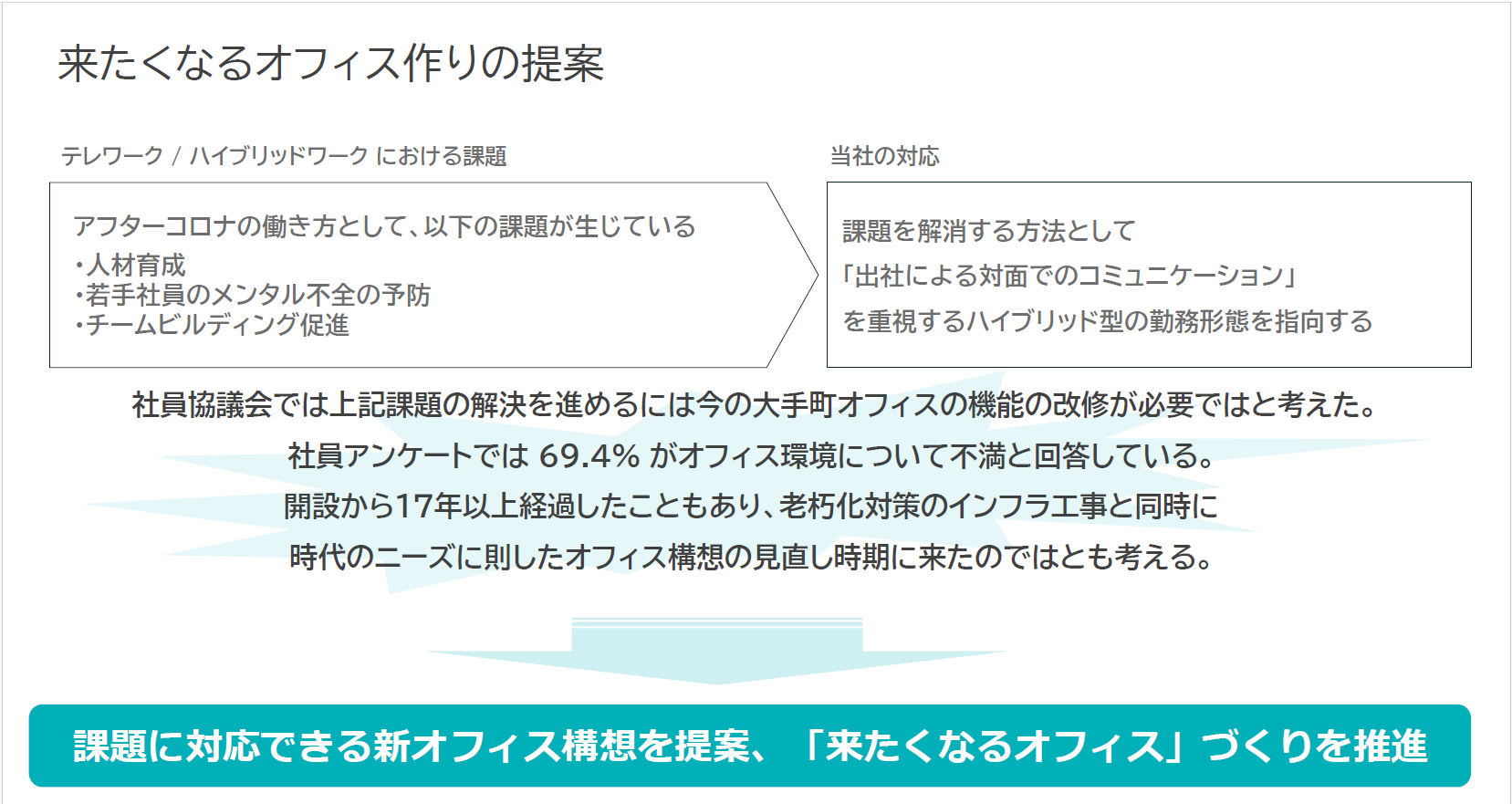
Results of office reforms implemented by the Task Force for Creating an Office Where People Want to Come
Taking into consideration the results of the employee council survey, the task force began to select more specific layouts and fixtures. Office reform requires consideration from a variety of perspectives. The task force not only focused on large-scale renovations of the facilities, but also on small inconveniences in daily work, working to create an office that people want to visit in a comprehensive manner.
Redesigning the office layout
The task force reviewed proposals from multiple office furniture manufacturers and comprehensively evaluated them based on factors such as cost, design, and the quality of the proposals.
"The process of incorporating the best aspects of each company and deciding on the final design taught us a lot from the perspective of the people making the choices," said a member.
The renovated offices are spacious and ergonomically designed. Each floor has a different concept, such as a comfortable office space on the 16th floor and a cafe area and other relaxation areas on the 19th floor.
In addition, ornamental plants have been introduced to create a more green environment and create a more comfortable space.
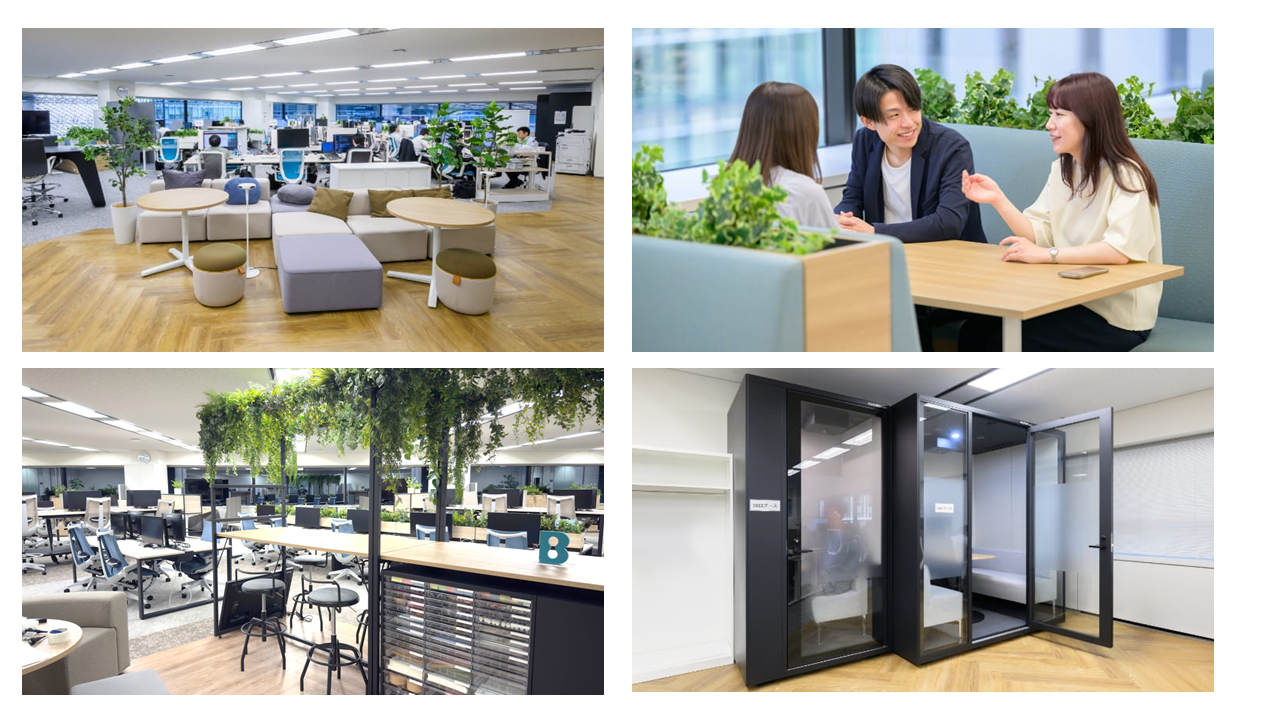
Improving everyday comfort and convenience
When it comes to "office renovation" or "reform," attention tends to be focused on the big picture, but the task force also worked to address minor issues.
For example, all offices on the 19th floor are equipped with monitors that can output video and receive power via a single cable.
This eliminates the need to carry around a heavy AC adapter, reducing the burden of traveling.
In addition, we have introduced a seat management system that allows us to visualize seat usage in real time.
By addressing these "minor issues," many people have benefited and the office has become more efficiently used.
In addition, we are taking measures to ensure that employees can work comfortably, such as introducing a lunch box delivery service, introducing an office convenience store, and installing tea dispensers on each floor.
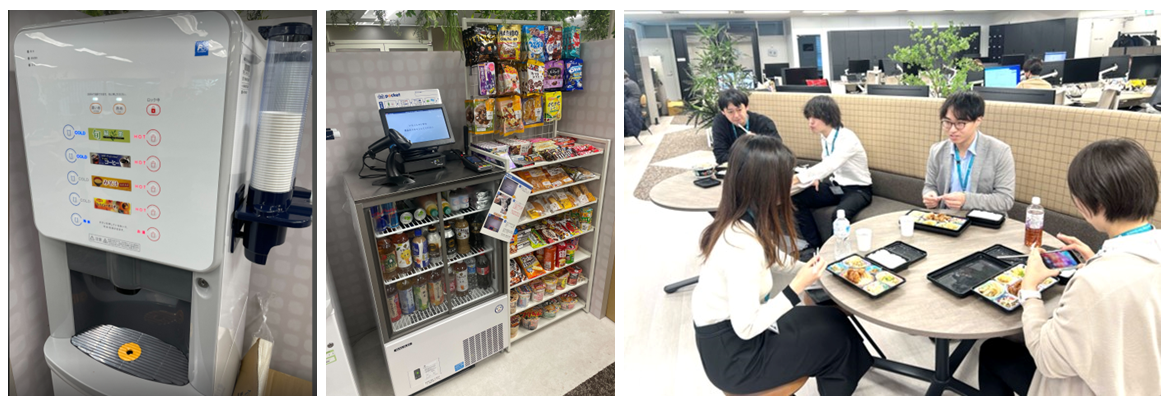 These office reforms have proven to have a significant effect, with the "environment" category of the engagement score increasing.
These office reforms have proven to have a significant effect, with the "environment" category of the engagement score increasing.In particular, some departments saw significant increases in scores, proving that improvements in the office environment are related to increased employee engagement.
The renovated 19th floor office has proven particularly popular, with the number of people using it increasing. In particular, the new spaces, such as the cafe area and concentration booths, have been well received and are used by many employees.

Rather than ending the project with a one-time renovation, the task force aims for continuous improvement and has established a system for receiving feedback from employees and considering further improvement measures.
Taking advantage of this, the 17th floor was renovated this year, and the number of users there has also increased.
In addition, the B-EN-G Kansai office has established the "KOTF Kansai Team" and is currently working on improvement activities.
A task force member also stated, "We would like to continue to maintain and improve the environment in the future."
The implementation of B-EN-G 's internal office reform was a good opportunity to put the company's philosophy, such as its brand statement "Standing together until the future" and purpose "Increasing the number of creative businesses in the world," into concrete action.
Realizing an "office you want to come to" based on employee feedback
Through this office reform, we were able to create an office environment that reflected the voices of our employees, and it has definitely strengthened the sense of unity within the company. We were able to create an office space that is unique to B-EN-G, which can accommodate the diversification of work styles, with an office layout that incorporates ABW (Activity Based Working) and a full range of facilities to increase comfort, such as potted plants.
Going forward, B-EN-G will continue to strive to grow into a more creative and innovative corporate group in order to realize its brand statement of "Standing together for the future" and its purpose of "increasing the number of creative industries in the world."
